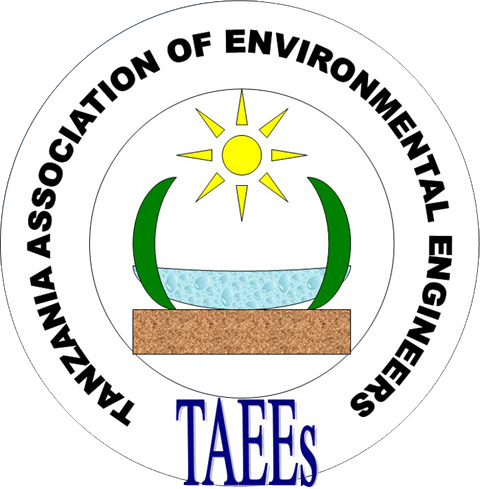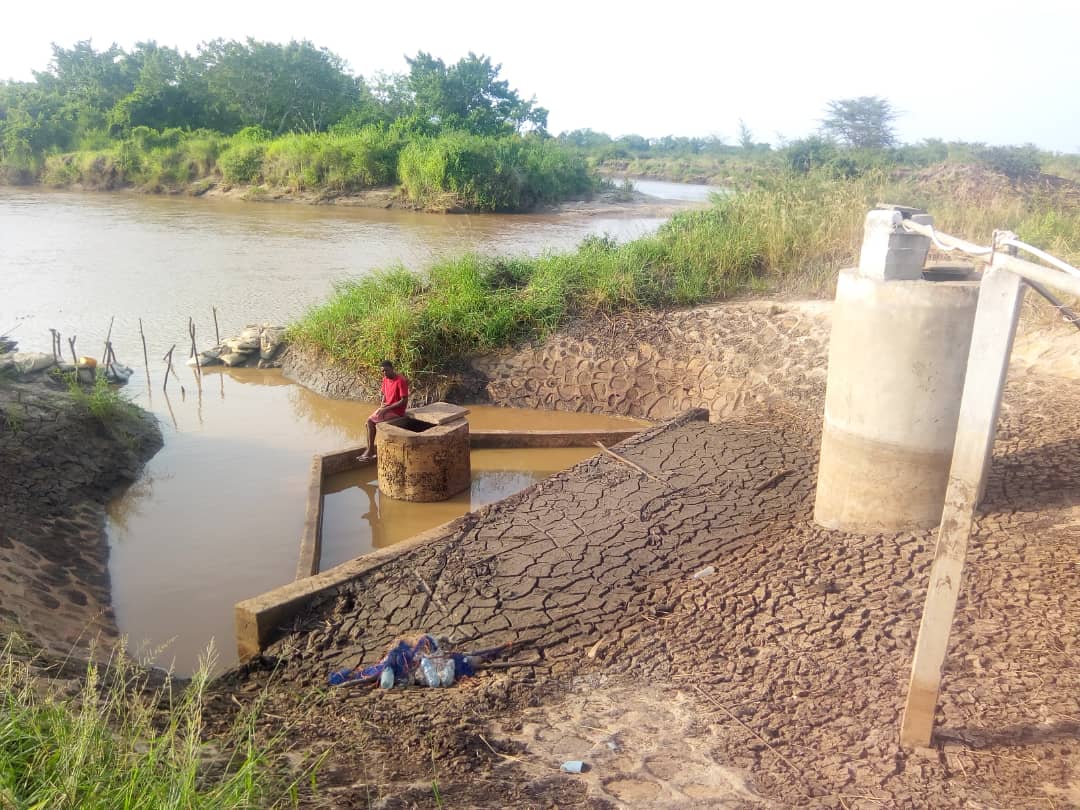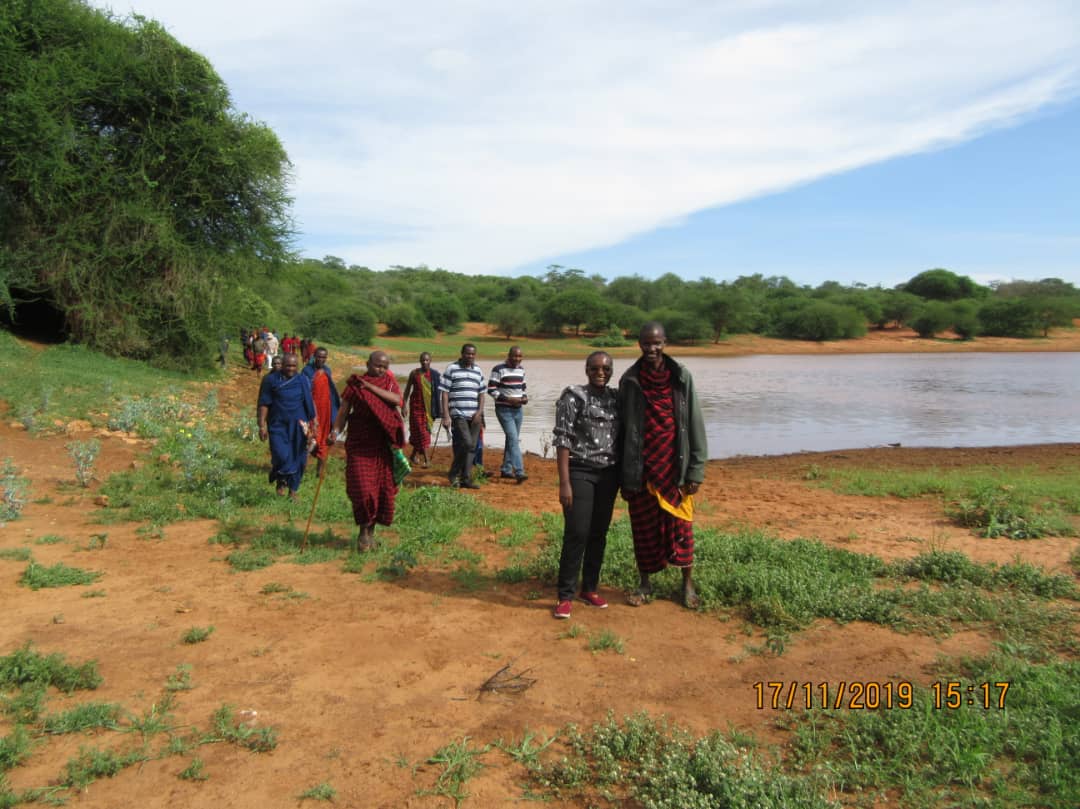Mbeya
The National Rural Water Supply and Sanitation Program (NRWSSP) in Mbeya was a program under the Water Sector Development Program (WSDP) phase I that had been going on since 2009 during the first phase of surveying and designing of the infrastructures. The project started with phase I package which included scoping, Environmental Impact Assessment (EIA), Social Impact Assessment (SIA), water system system design and preparation of tender package (tender docs), all under the lumpsump contract terms which meant payment made for quality delivery of work.
Phase I involved various stakeholders including Ministry of Water (MoW) which was a custodian of the program, District councils which were clients of the sub-project and these are ones that signed the contractual agreement between service providers and clients. Others were basin offices which were responsible to review all documents submitted in support with regional secretariat responsible for water who gave comments were noted on the quality of the documents submitted and this was part of the document/service approval system to ensure that the work submitted by service providers comprehends with the desired quality before any payments are made by clients
Phase two-project implementation started in the year October 2012 for Shongo, Igale (part of the 8 village scheme) and Iwalanje villages (separate project village) whereby the implementation of the project in the mentioned villages completed in October 2013. Both technical supervision of the construction activities and community facilitation services to the beneficiaries of the project were provided by TAEEs.
In August 2013, other 14 villages named Horongo, Itimu, Mwapalala, Izumbwe, Iwindi Mwashiwawala, Jojo, Mbawi, Idimi, Haporoto, Galijembe, Swaya, Lupeta and Mshewe were added in phase II project implementation under TAEEs technical supervision of the construction activities and the infrastructures as well as provision of facilitation services in all villages. Until the time of this report production, these projects were still on progress and are expected to be complete by May 2014 if funds will be available and no extension by contractors will be requested. Upon successful completion of the project, a total number of 40,056 people will be the sole beneficiaries directly served by it.


